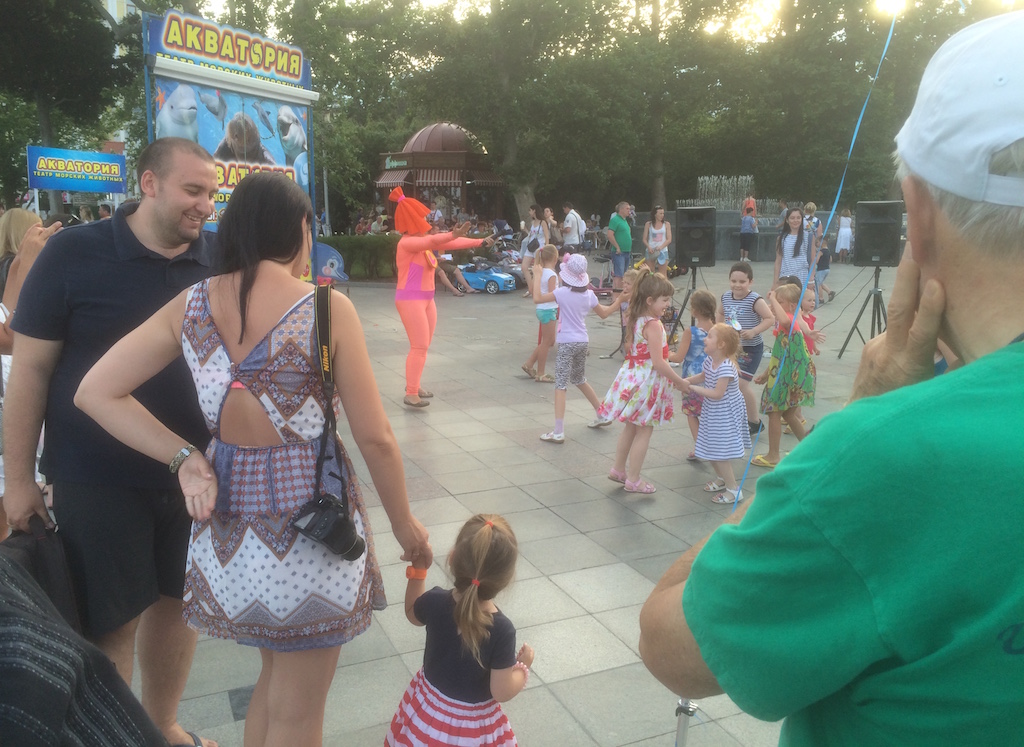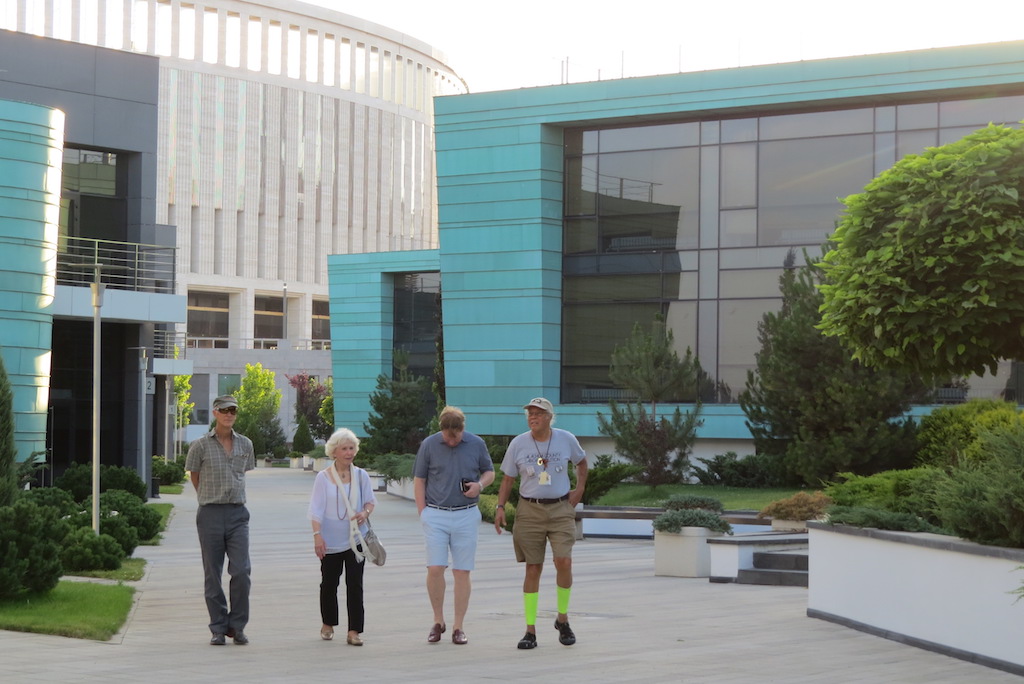Dear friends,

I’m writing this while in flight having just left Russia. This trip was the “richest” experience in my hundreds of trips to Russian cities in the past 33 years. U.S. media tell us that under the pressure of sanctions and low oil prices the Russian economy is failing, but after seeing Russia this spring one has to question this.
I traveled to Russia numerous times during the drabness and product scarcity of the Soviet years (1983 – 1989). Following that, I spent months each year in Russia amid the disintegration, lawlessness and chaos of the 1990’s. During this period Russians had lost all hope in themselves and in Russia at large. I watched during the 2000’s as a semblance of order began to slowly emerge. During this period I also noticed Russians beginning to question “Who are we? What is our “National Idea?”
We Americans don’t stop to ask these questions. At least until recently we have seemed to know who we are. We have identified with the confident lone ranger. We have assumed that any American can rise up and accomplish what he or she wishes––that any child can come from the bottom and rise to the top. Any man or woman can build his or her own dreams and live them out.
This has not been so for Russians. They haven’t had this kind of background or confidence. Wars, occupiers, and unsuccessful social experiments (such as 75 years of communism) have made indelible impressions on their psyches throughout the centuries.
In the years since 2000, Russians have gradually begun to build a lawful environment, to reign in corruption, and to emerge from the abysmal hole in which they found themselves at the end of the 20th century. However, like our society, today’s Russia remains far from perfect. Today it is exhibiting the growth pains to be expected from a country only 25 years into building a democracy for the first time.
Despite the quite amazing progress Russians have made, a narrow segment of current American policy makers are determined to discount their efforts, put roadblocks in their way and require standards that are different from other US allies like Saudi Arabia and Israel. The roadblocks have included economic sanctions that have significantly reduced the incomes of average Russians and the Russian economy as a whole. (Interestingly, in the long run these sanctions may end up having an unanticipated positive impact: many Russians believe that the sanctions are helping force Russia to become more self-sufficient in numerous areas, including food production.)
The Richness of Russian Society as of July 1, 2016

Russia’s second-tier cities are being rebuilt along the lines of classical architecture and beauty, in some cases surpassing Moscow. Of course these cities don’t rival Moscow in size or wealth, but they do show the unmistakable results of tearing down the ugly and replacing with handsome new structures or newly-faced buildings. The changes can be seen in Krasnodar, Ekaterinburg, Perm, Chelyabinsk, Novosibirsk, Vladivostok, Yukatia, Chita, Tyumen, Rostov on Don, Belgorod, Samara, and Novgorod, to mention a few.
Crimea lags behind the other parts of Russia due to being under Ukraine where no repairs were made for 25 years; however, I observed considerably more order in the Crimean cities of Simferopol, Sebastopol and Yalta since my last trip there nine months ago.
What has caused this richness and beautifying that has happened simultaneously across Russia? No doubt the Russian State proceeds from the sale of oil and gas have been responsible for much of it. But also local designers and entrepreneurs have been heavily involved and are doing very well themselves.
Today Russian people on the streets are dressed as well as or better than many of their American counterparts in the U.S. The homes in which we each visited were well appointed. Despite the sanctions, there was plenty of food on the tables.
Each of the six cities we visited sported numerous “mega” shopping centers, well resurfaced city streets, and newly marked lanes with pedestrian walkways. We spent time stuck in traffic jams thanks to streets being full of new model European and Japanese made automobiles. Even Russia’s new LADA looks equal to foreign made cars. We saw no dilapidated autos on Russian streets today.
You’ll be hearing more about our June 2016 trip from me and other group members in the coming days and weeks.
Sharon
